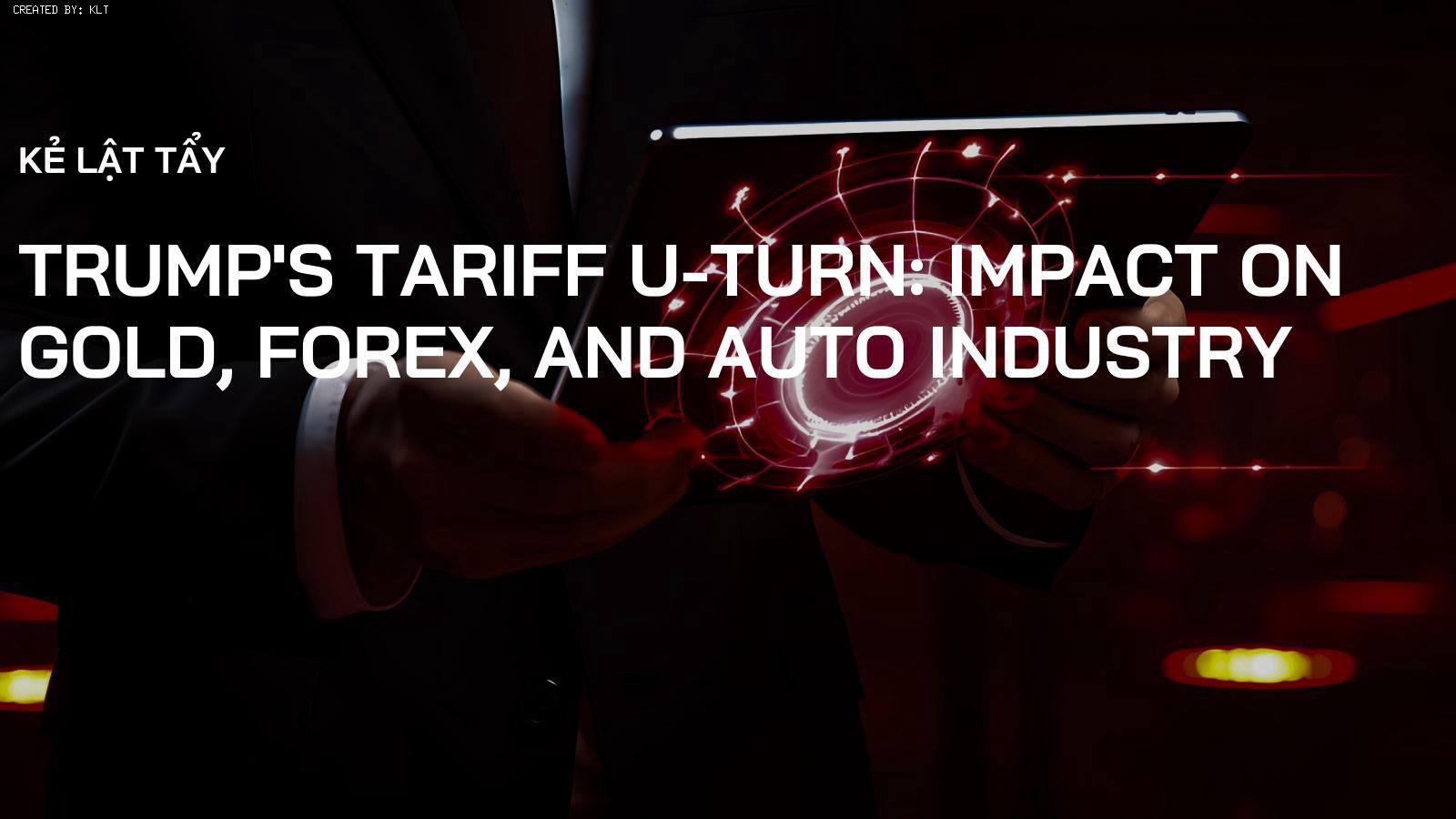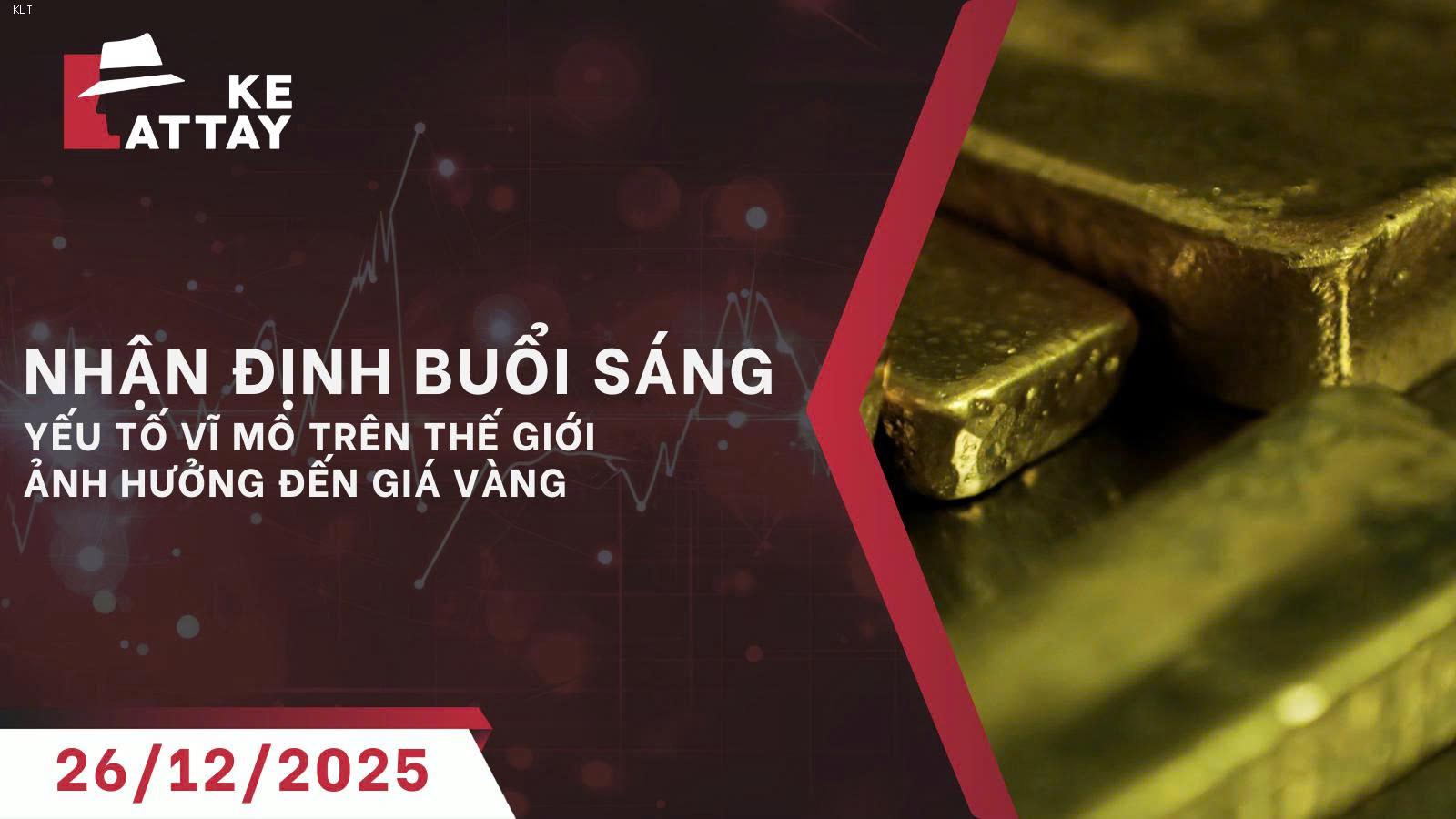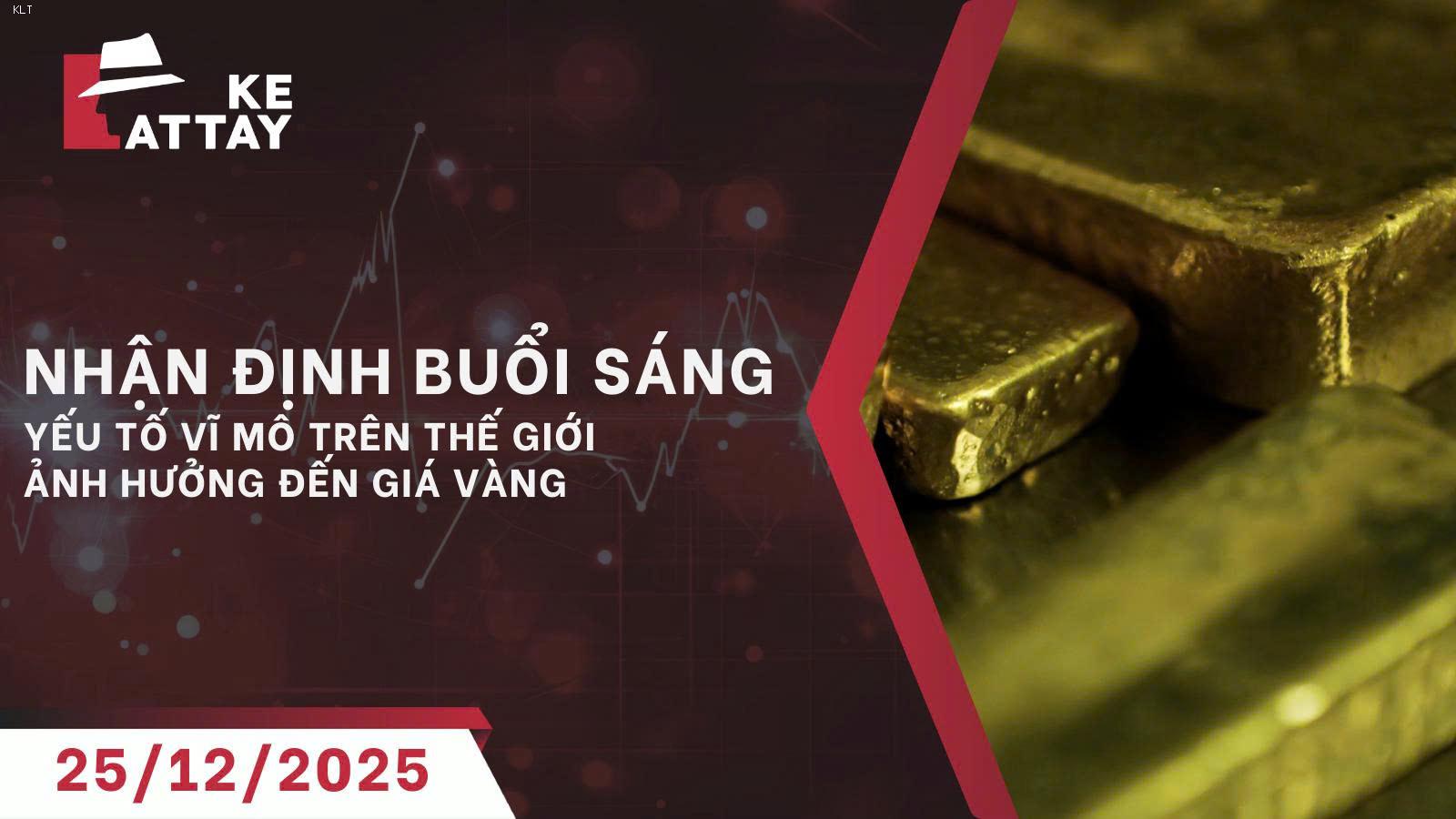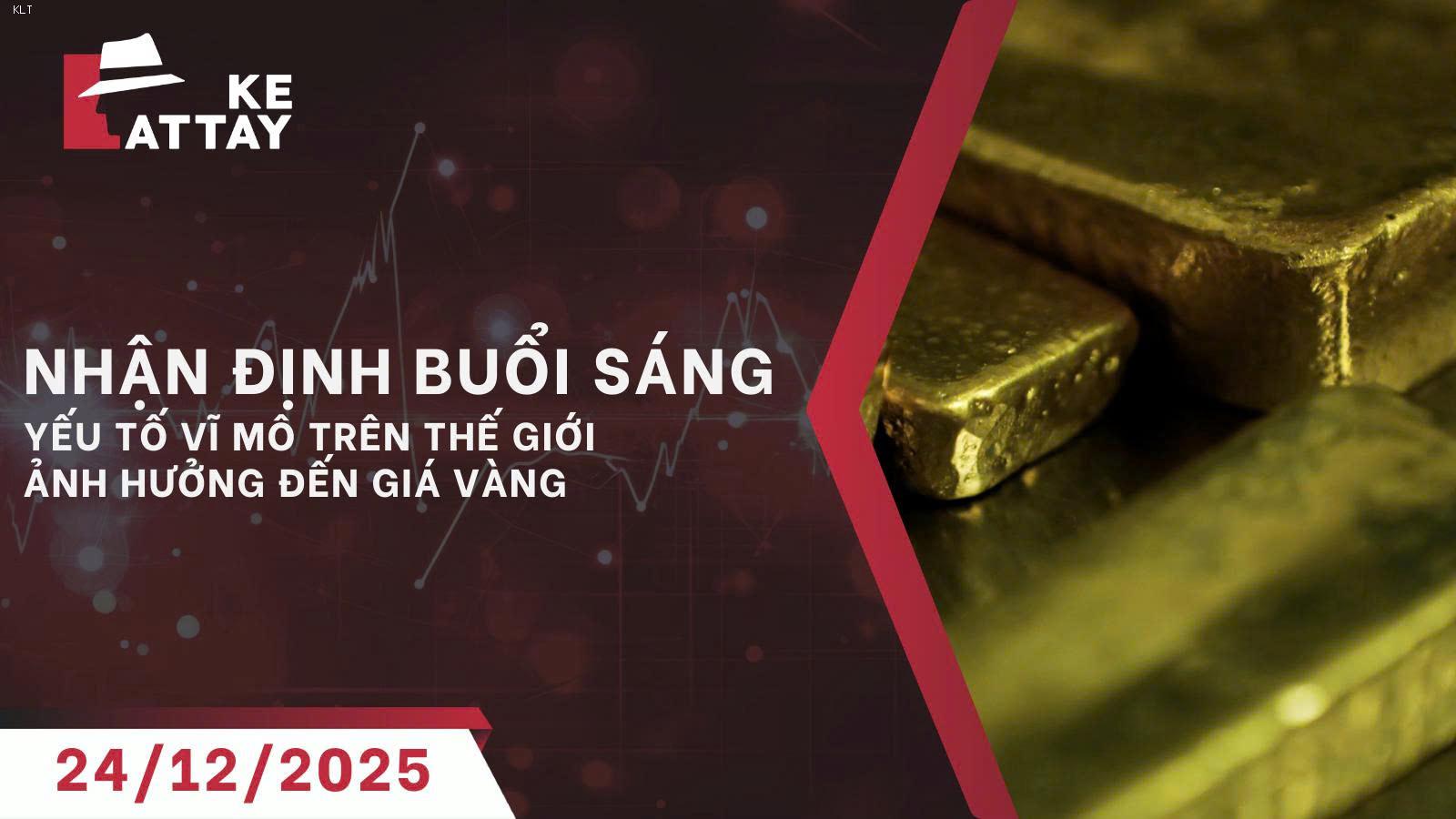President Trump's plan to ease tariffs on auto parts imports sparks debate. Explore the implications for gold, forex, and the automotive sector.
Overview of Trump's Auto Parts Tariff Reduction Plan
President Trump's administration is considering reducing tariffs on imported auto parts, a move reversing previous protectionist policies. This decision follows lobbying from major automakers concerned about potential supply chain disruptions and increased costs.
Factors Driving the Policy Shift
1. Automaker Concerns:
General Motors, Toyota, Volkswagen, and Hyundai voiced concerns about the potential 25% tariff on auto parts, warning of increased vehicle prices and disruptions to global supply chains.
2. Economic Impact:
The initial plan to impose tariffs on auto parts raised concerns about potential job losses, production halts, and even bankruptcies among auto parts suppliers.
3. Lobbying Efforts:
The Alliance of American Automakers actively lobbied against the tariff implementation, emphasizing the potential for significant disruptions in the automotive industry.
Impact on the Gold Market
Reduced tariffs on auto parts could have an indirect impact on the gold market. Increased economic activity and consumer spending, driven by lower car prices, might slightly diminish gold's safe-haven appeal. However, broader macroeconomic factors typically exert more significant influence.
Impact on the Forex Market
1. Currency Fluctuations:
The policy shift could influence currency valuations. A weaker dollar might result from reduced tariffs, potentially boosting the competitiveness of US exports and affecting forex trading pairs.
2. Trade Balance:
Reduced tariffs on auto parts could modestly impact the US trade balance. However, the overall effect may be limited, considering the complexity of international trade dynamics.
Opportunities and Challenges
1. Opportunities for Automakers:
Lower tariffs could enhance the competitiveness of US-based automakers, boosting profits and investments.
2. Challenges for Suppliers:
Navigating the shifting tariff landscape poses challenges for auto parts suppliers, requiring adaptability and strategic planning.
Investment Recommendations
Investors should monitor the implementation of this policy and its impacts on the automotive industry. Consider diversifying portfolios to mitigate risk in response to policy changes.
Conclusion
Trump's potential tariff reduction on auto parts represents a nuanced shift in trade policy. While the impact on gold and forex markets may be limited, the automotive industry stands to experience both opportunities and challenges. Careful monitoring and strategic adaptation are crucial for investors and industry stakeholders.









